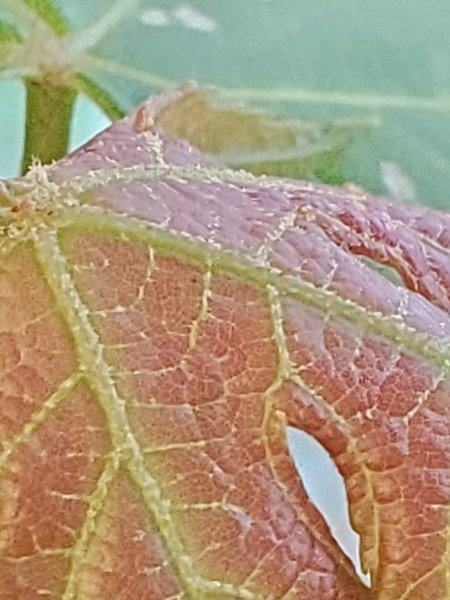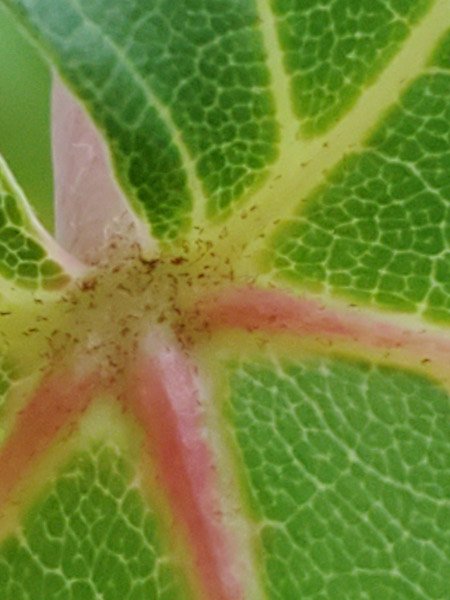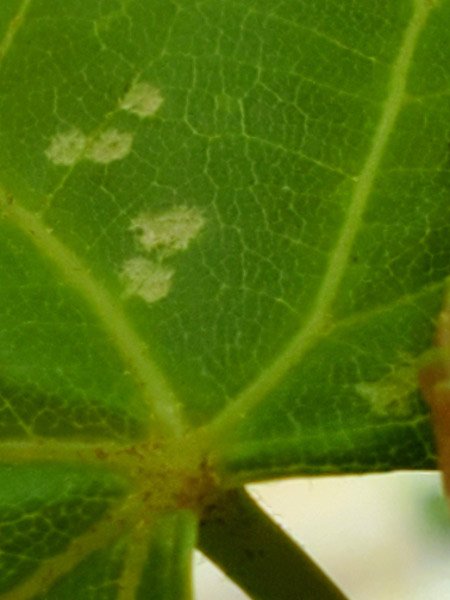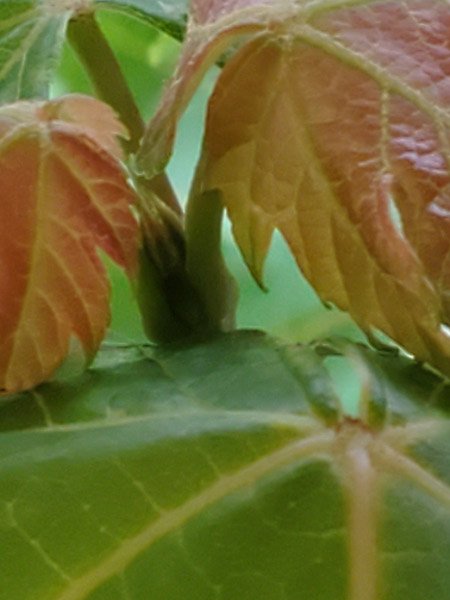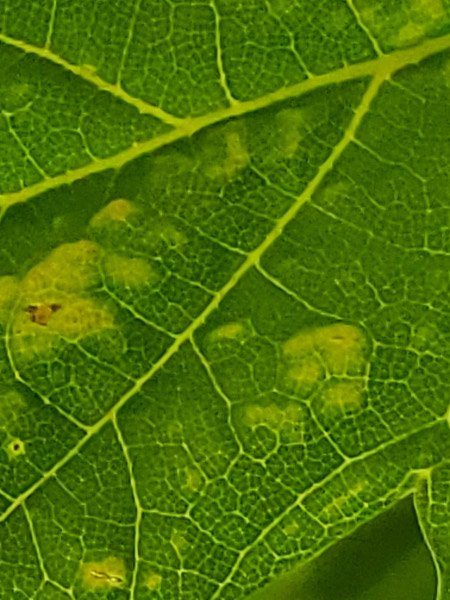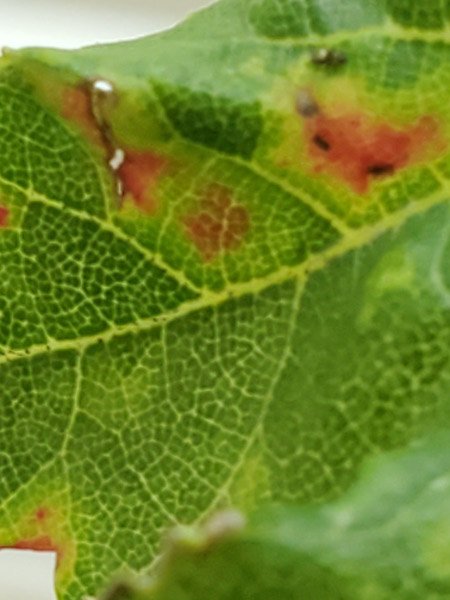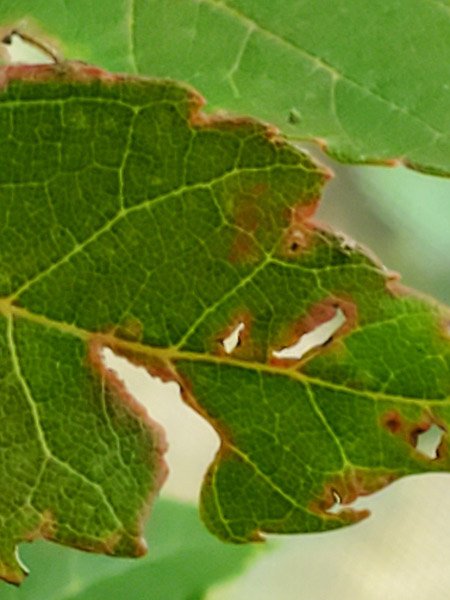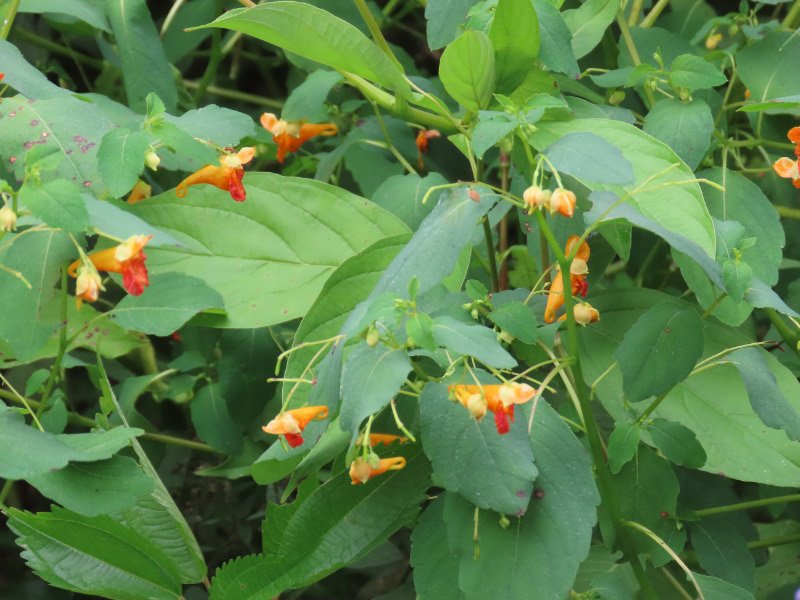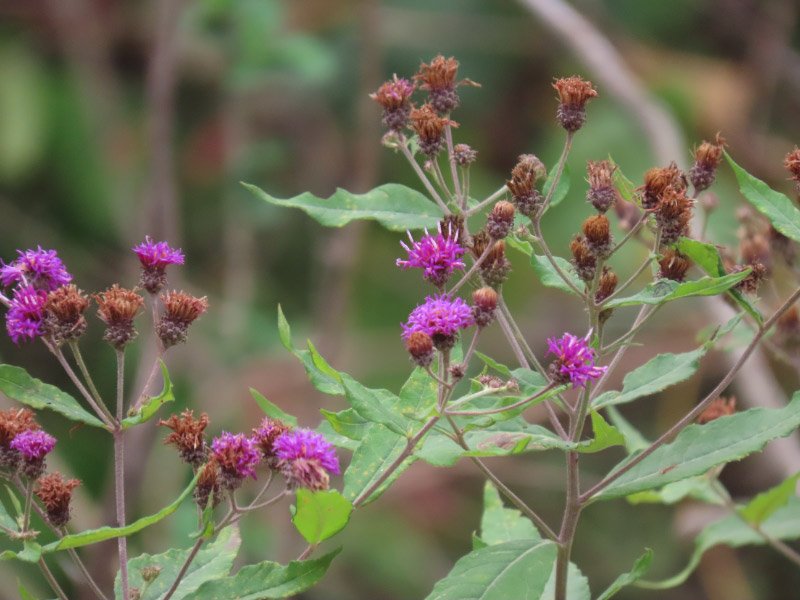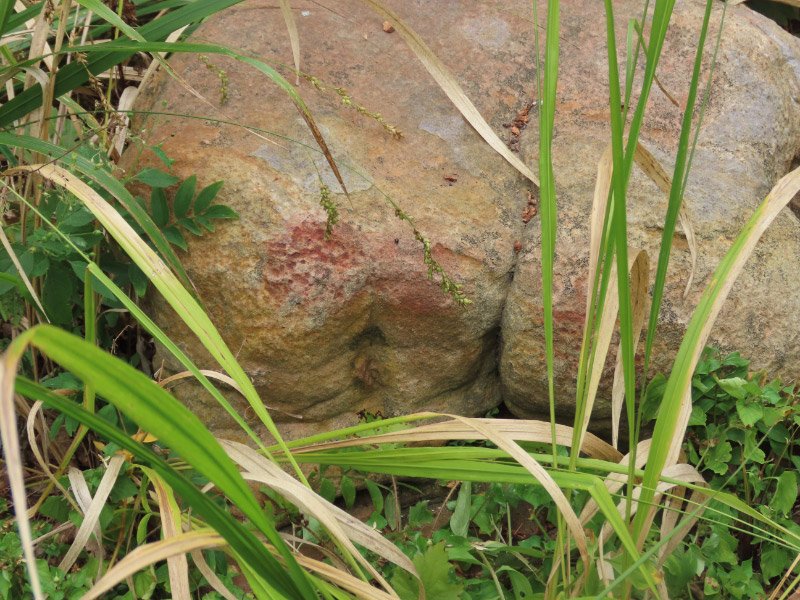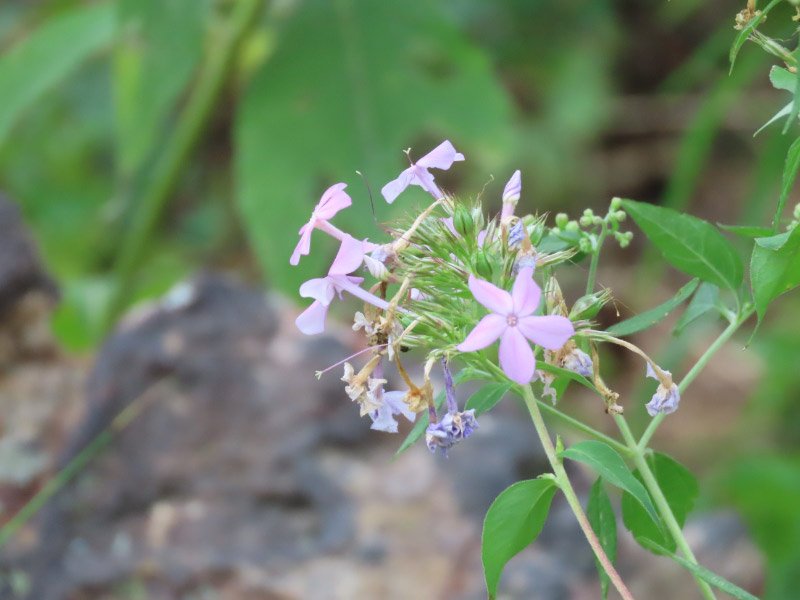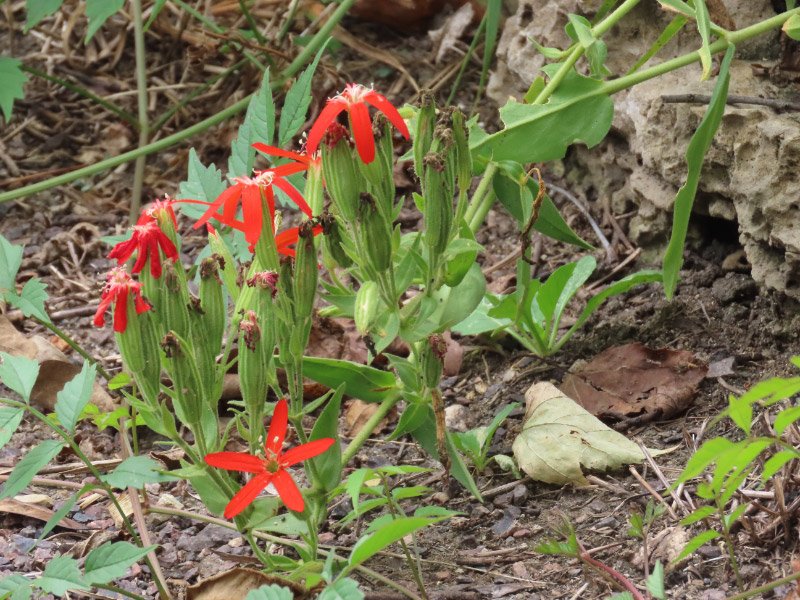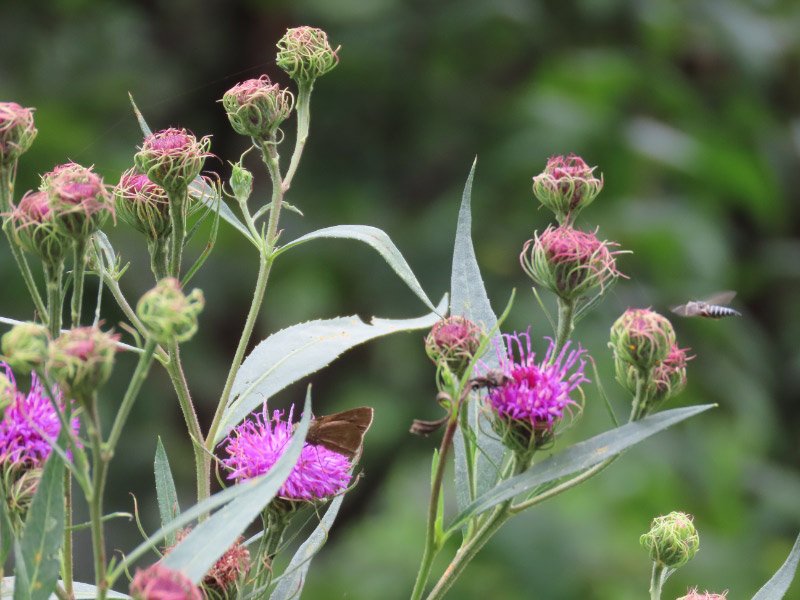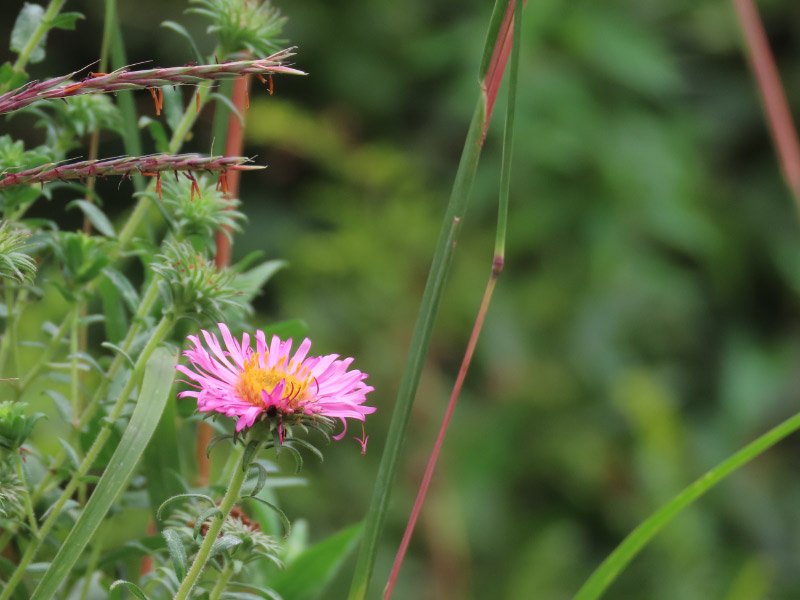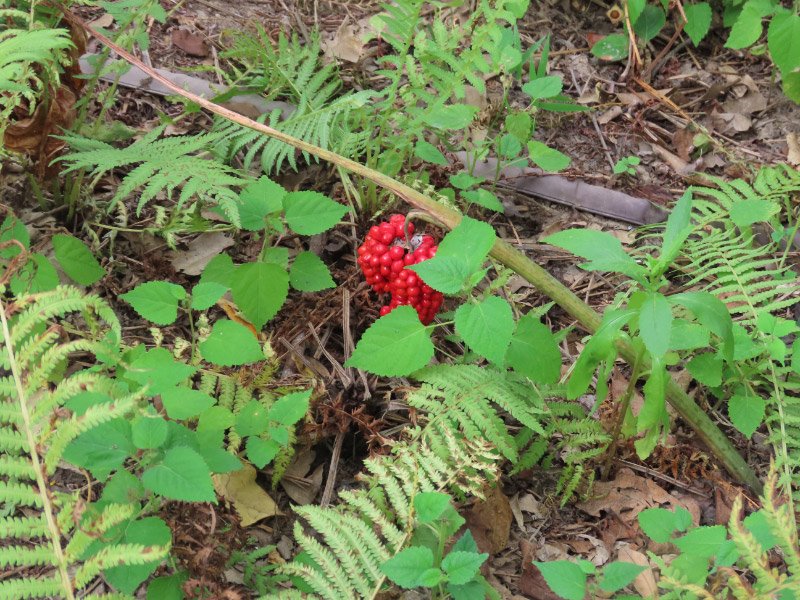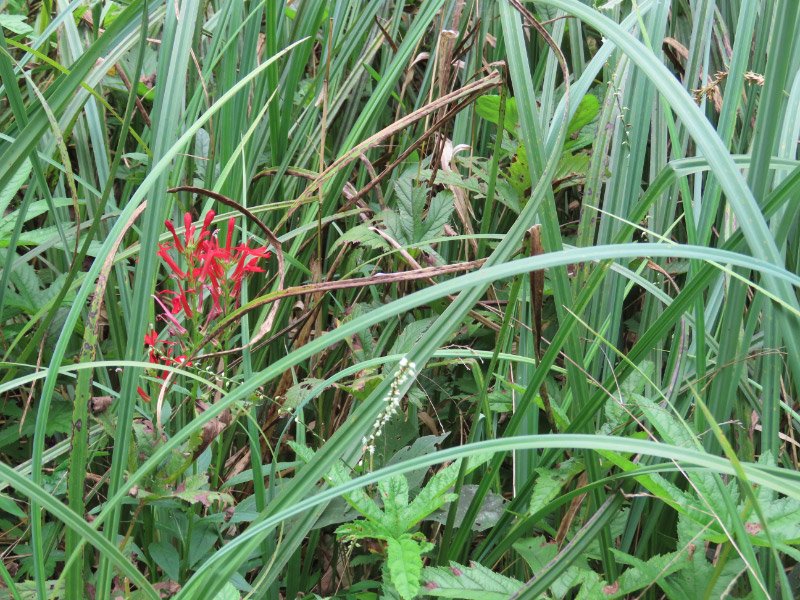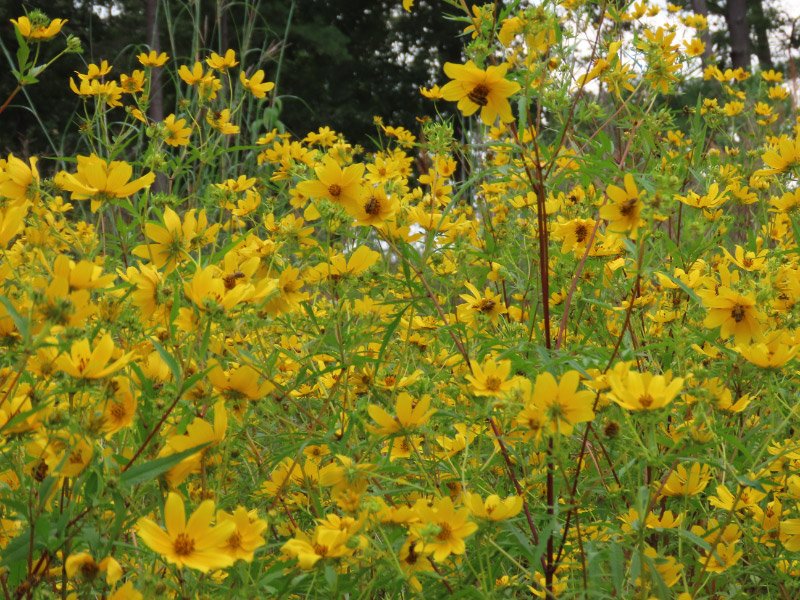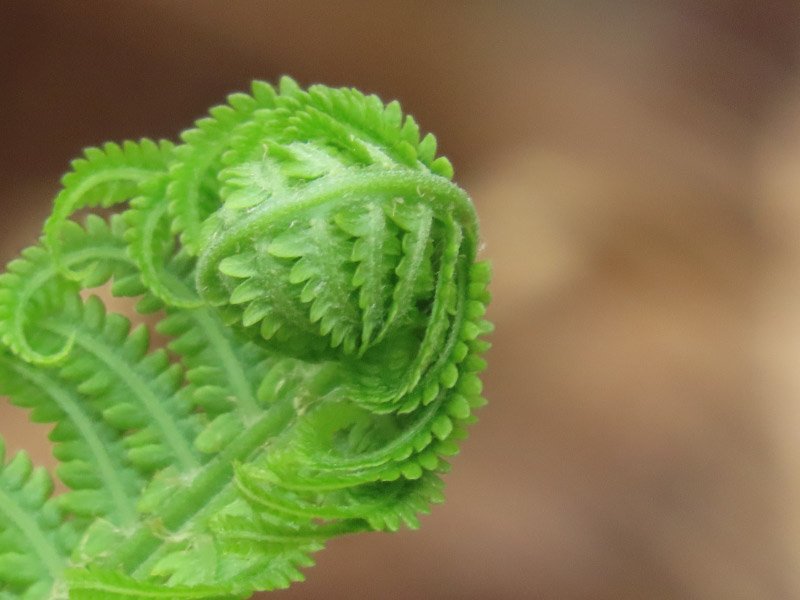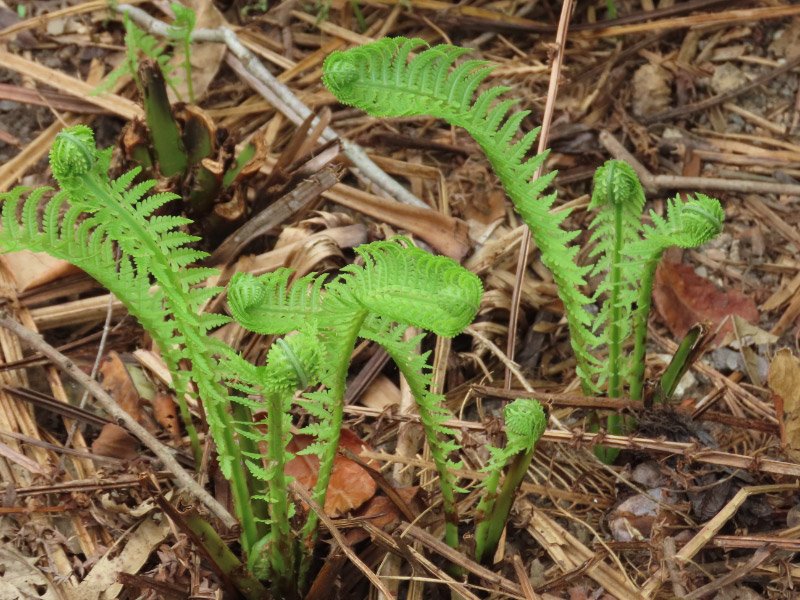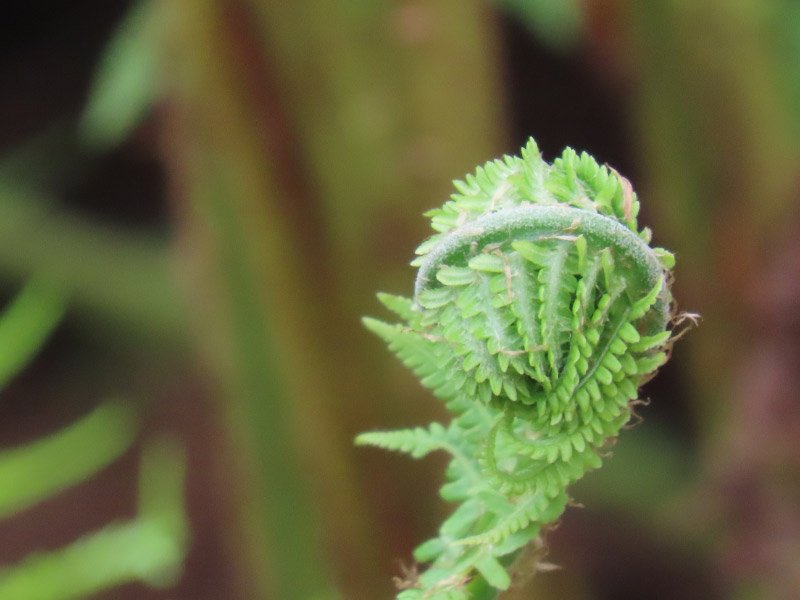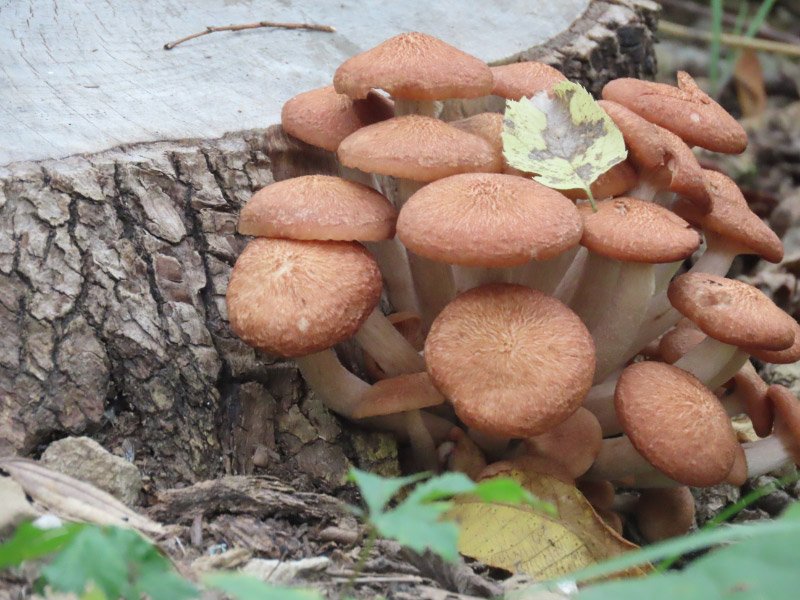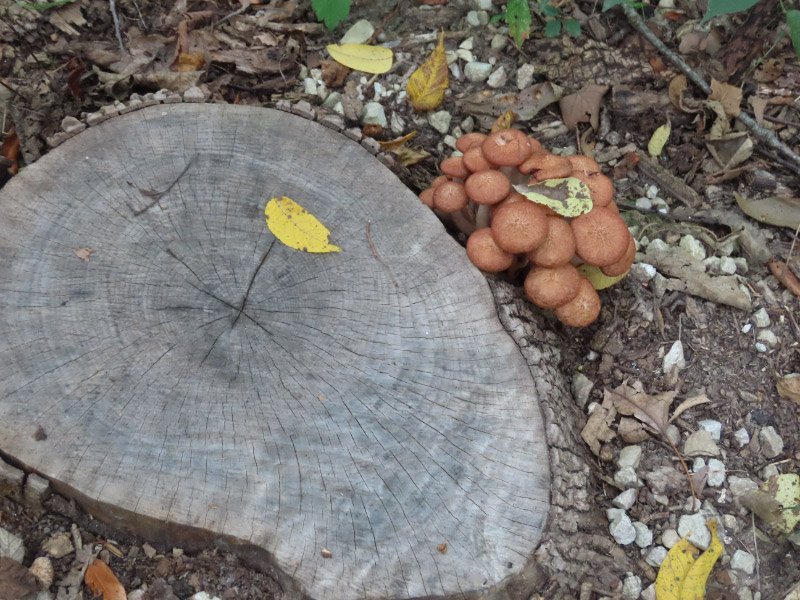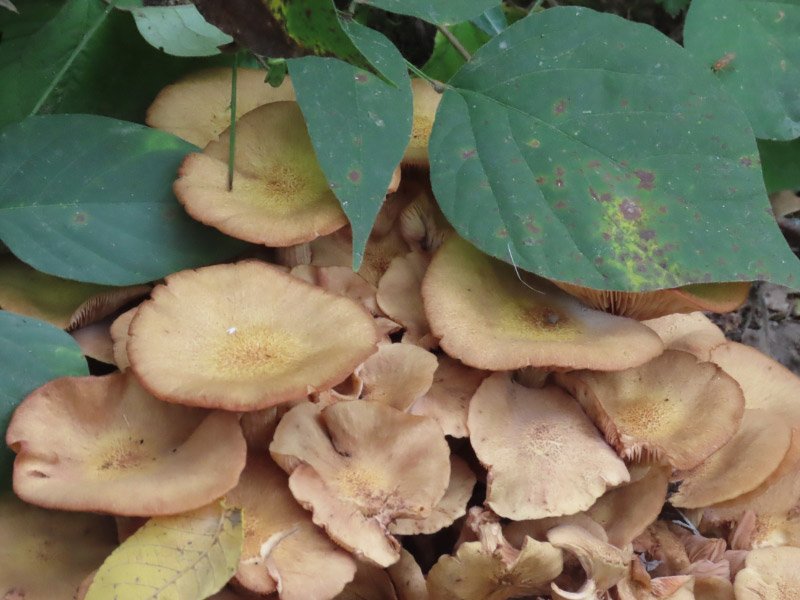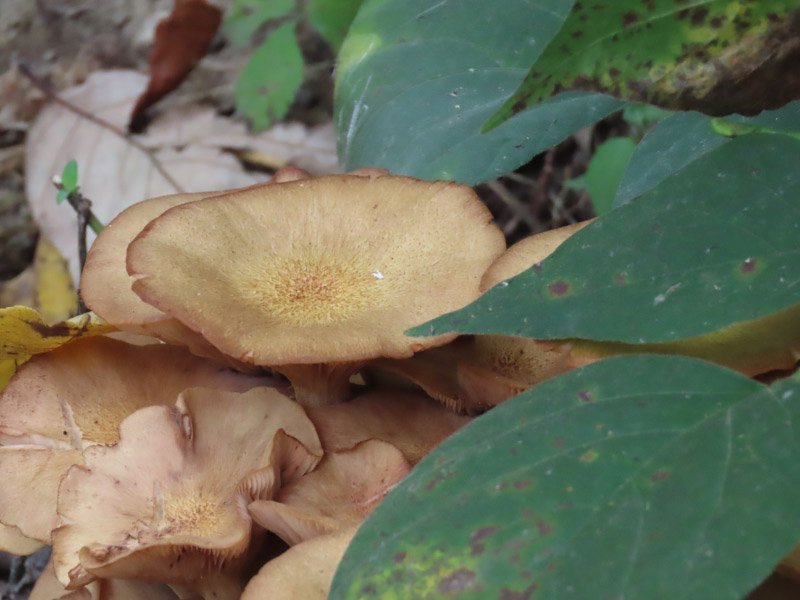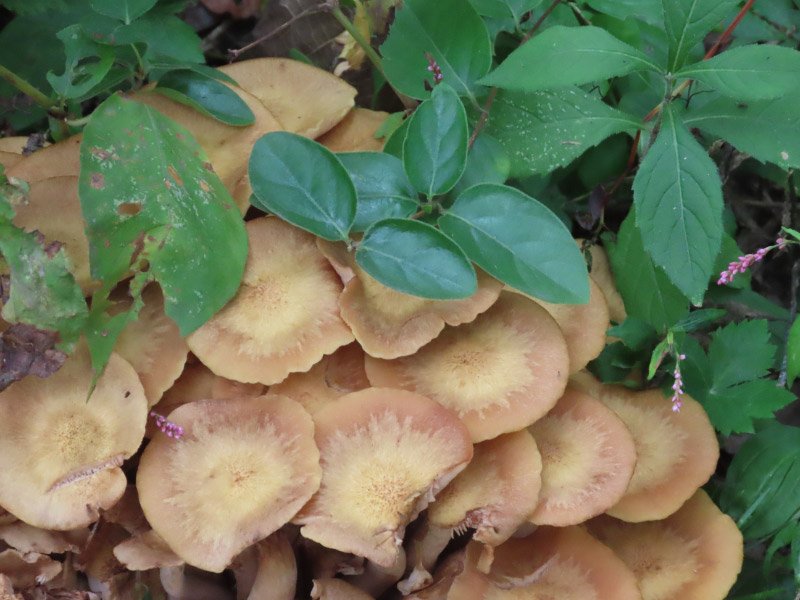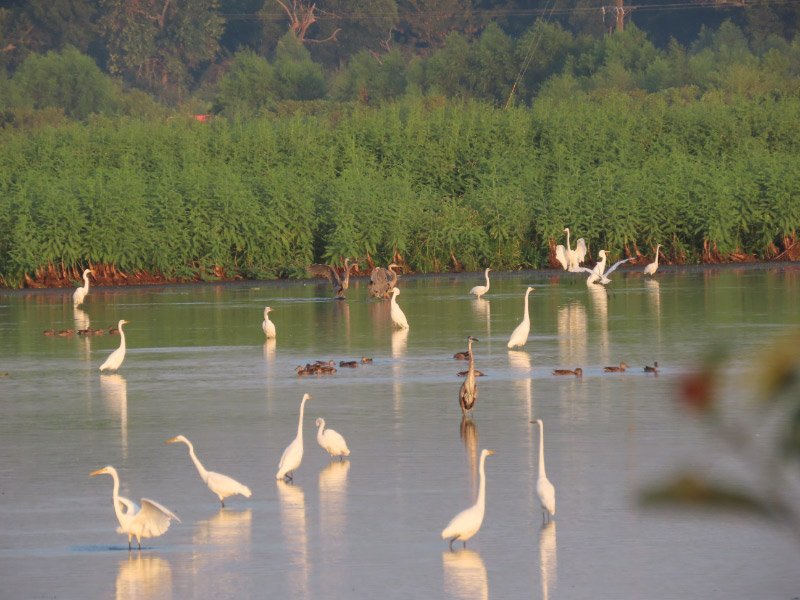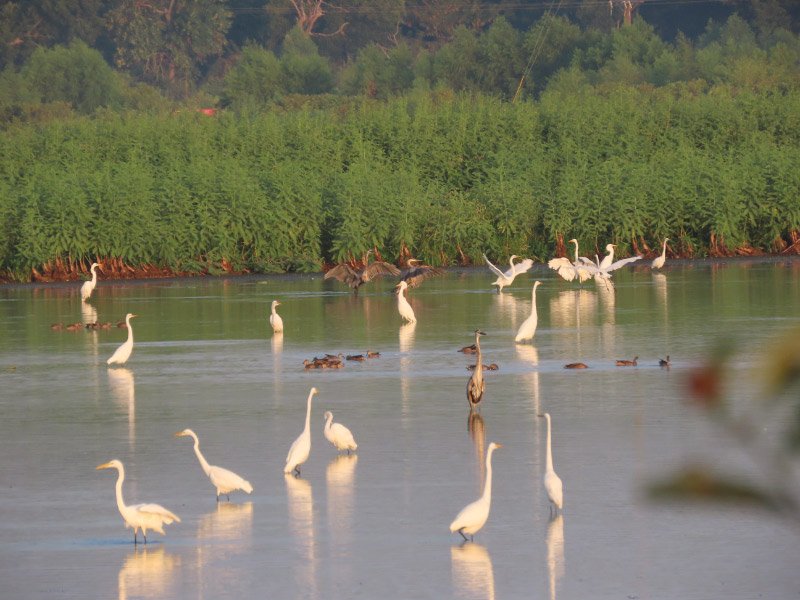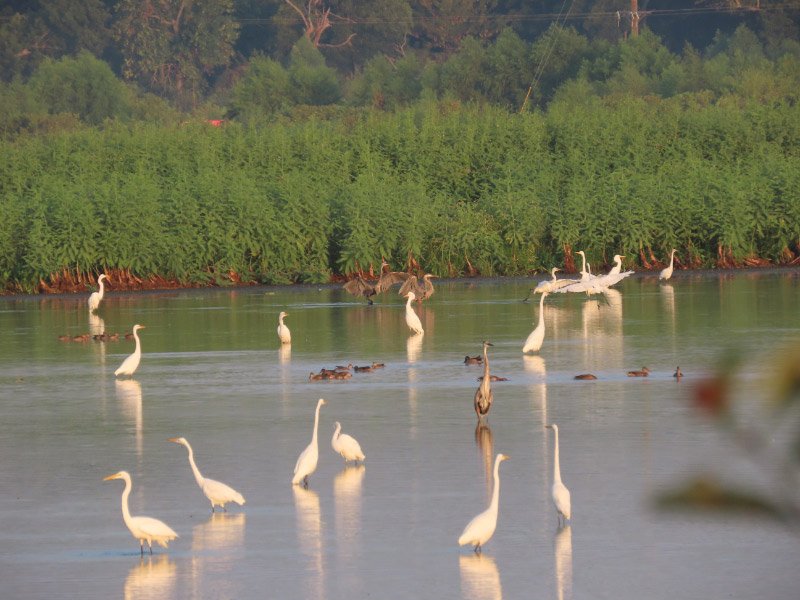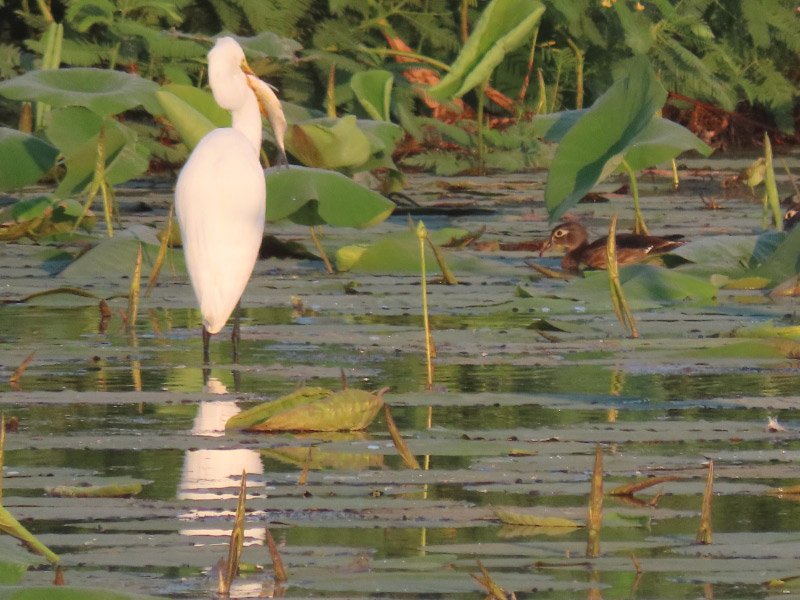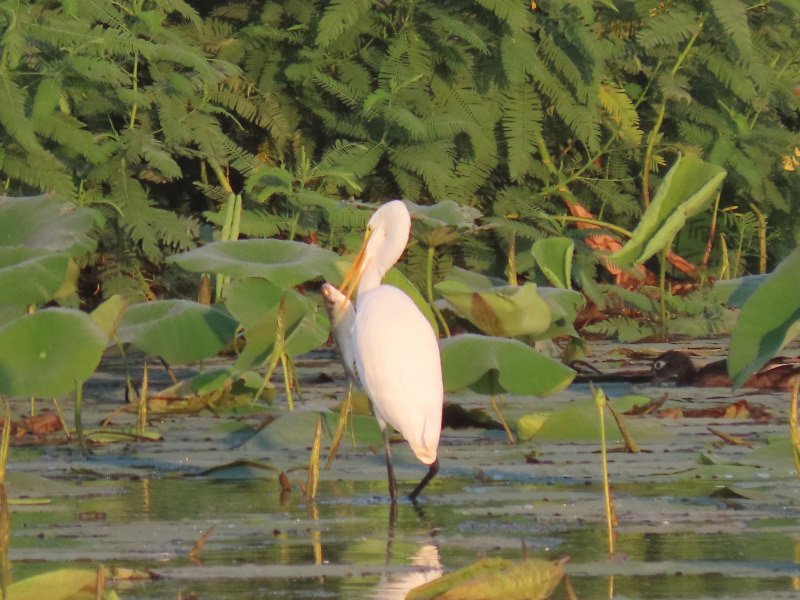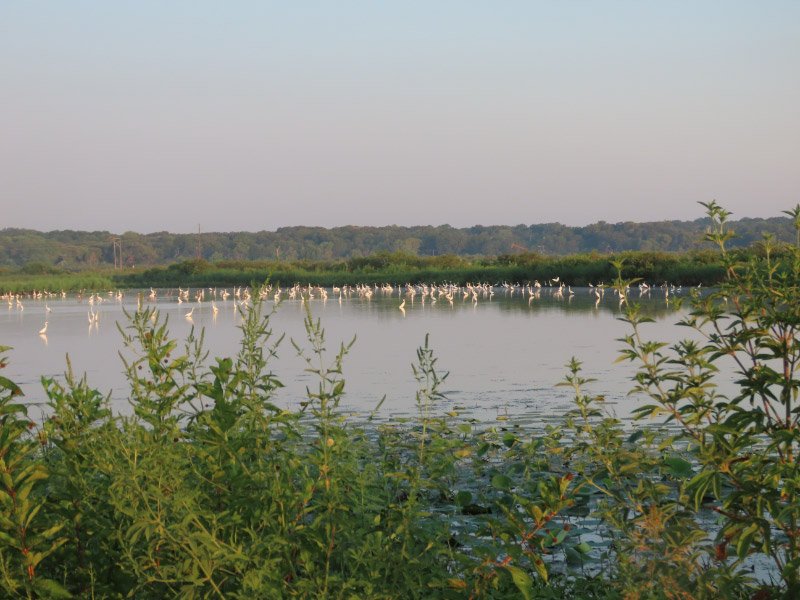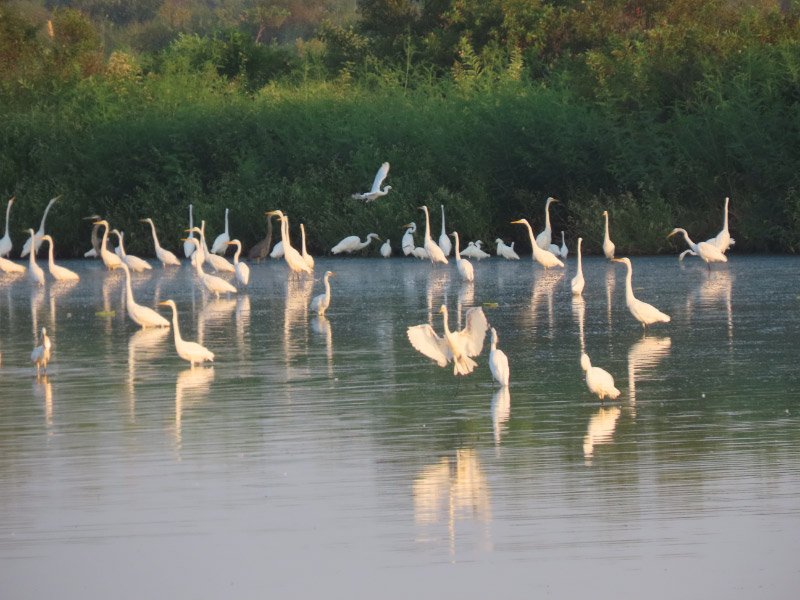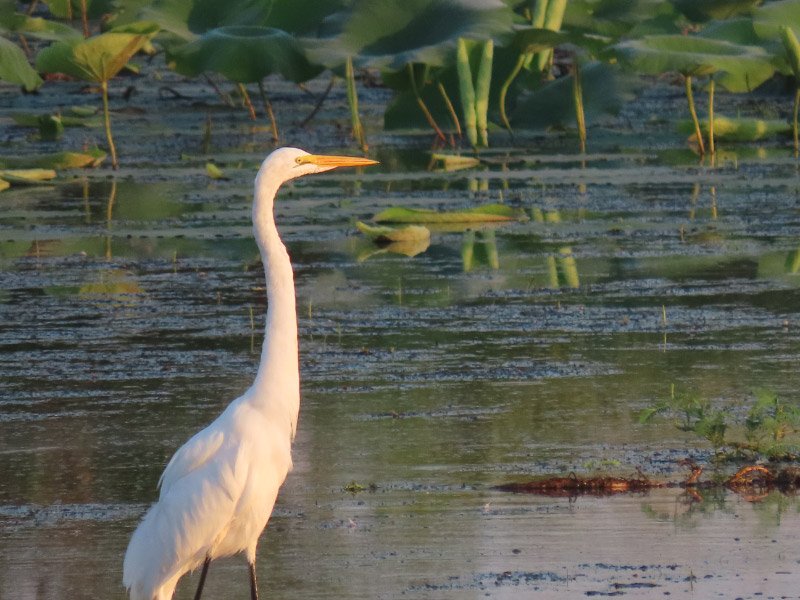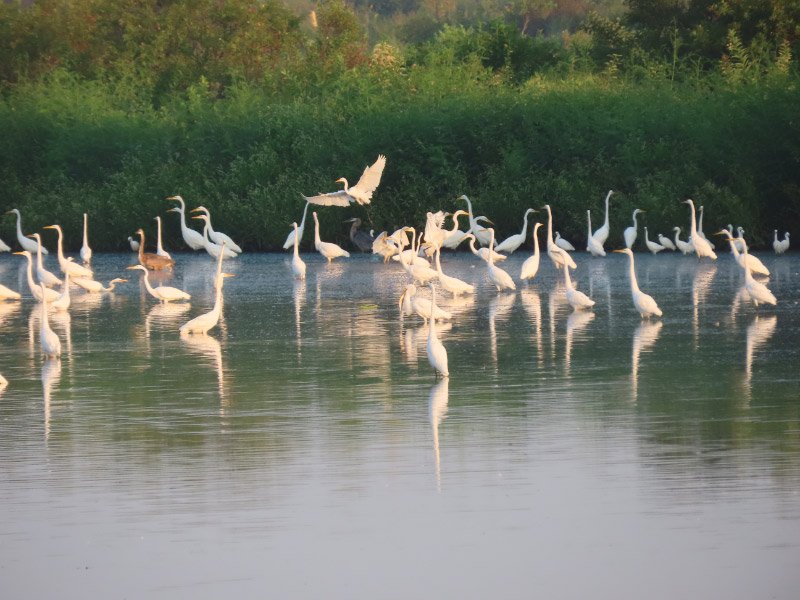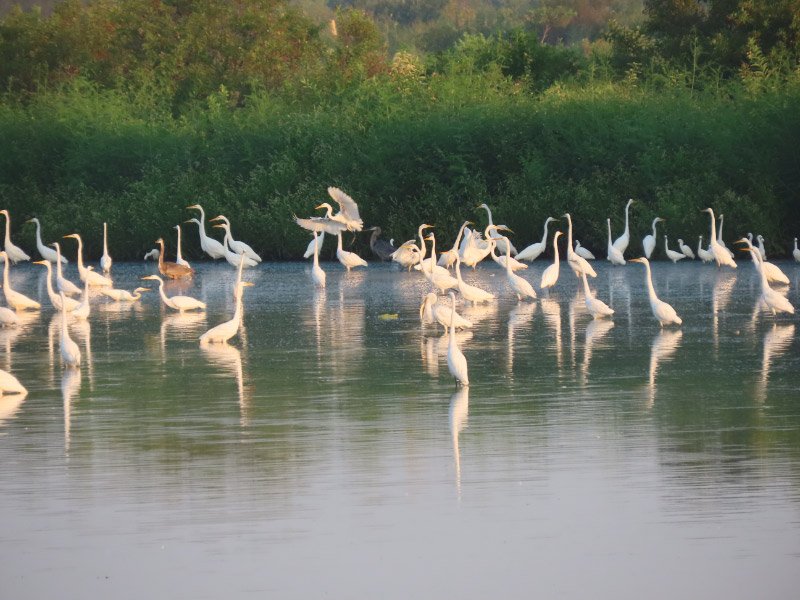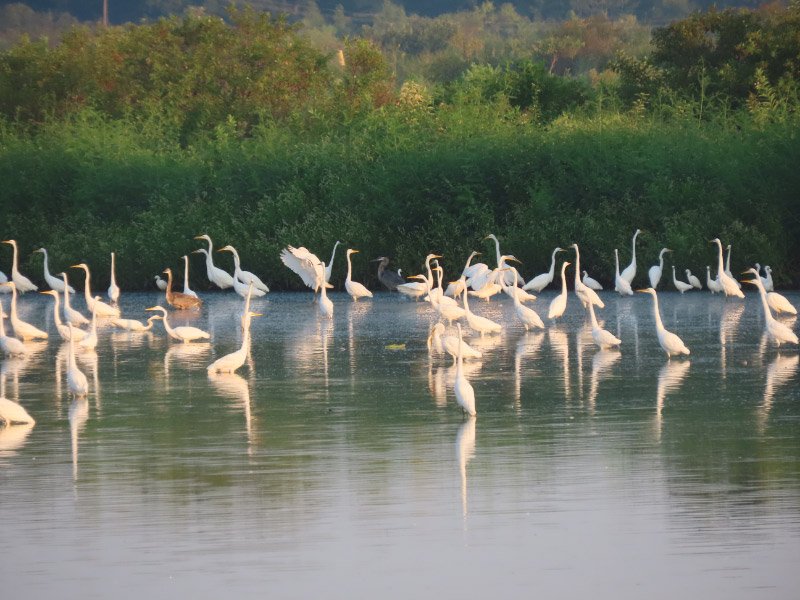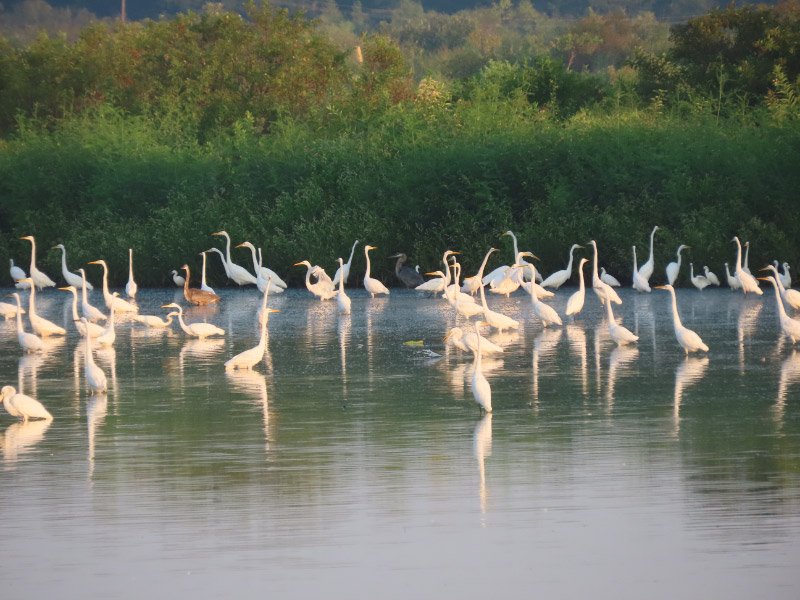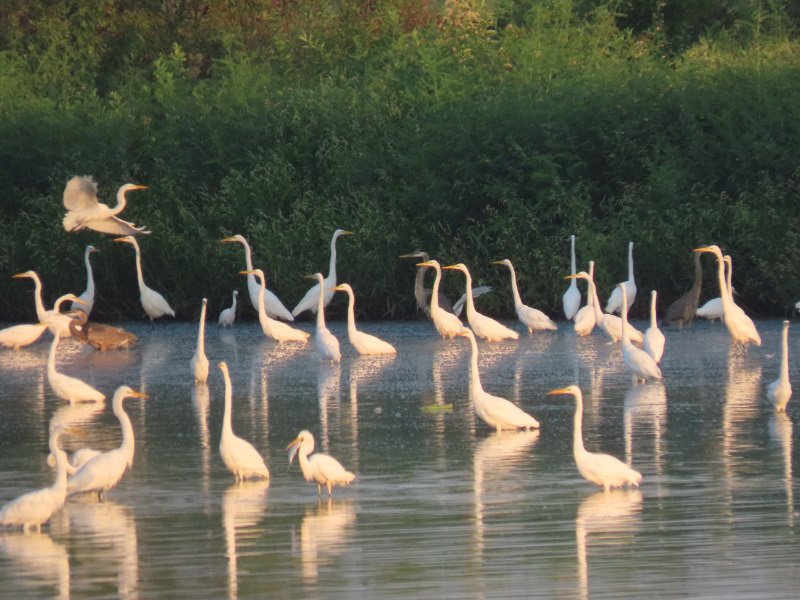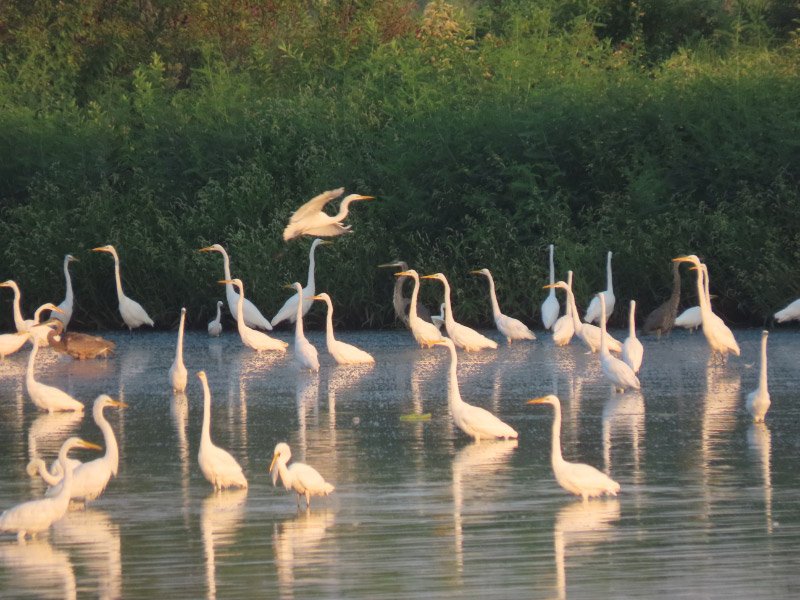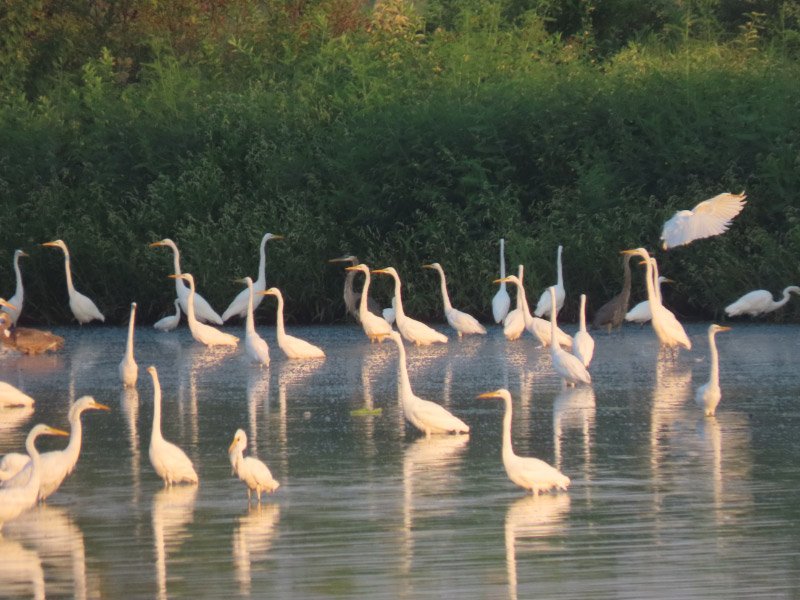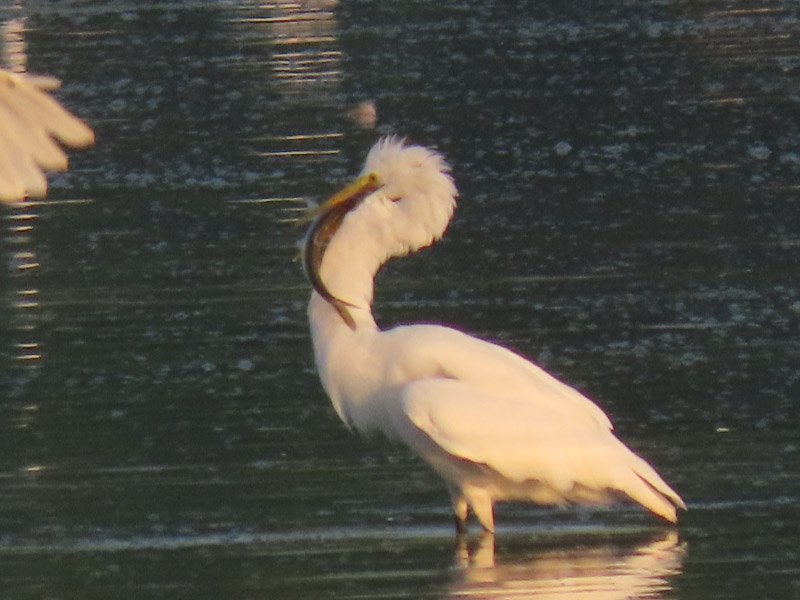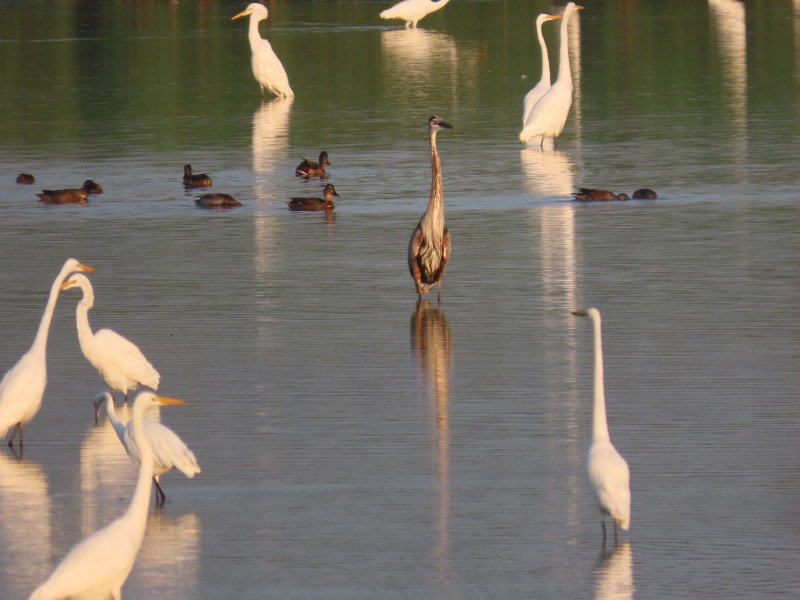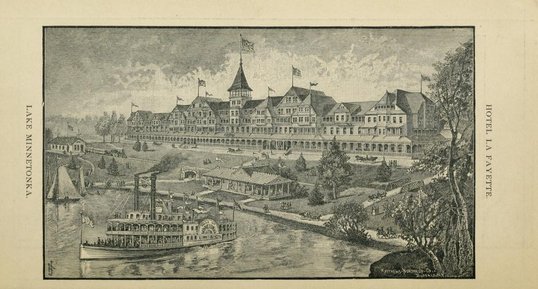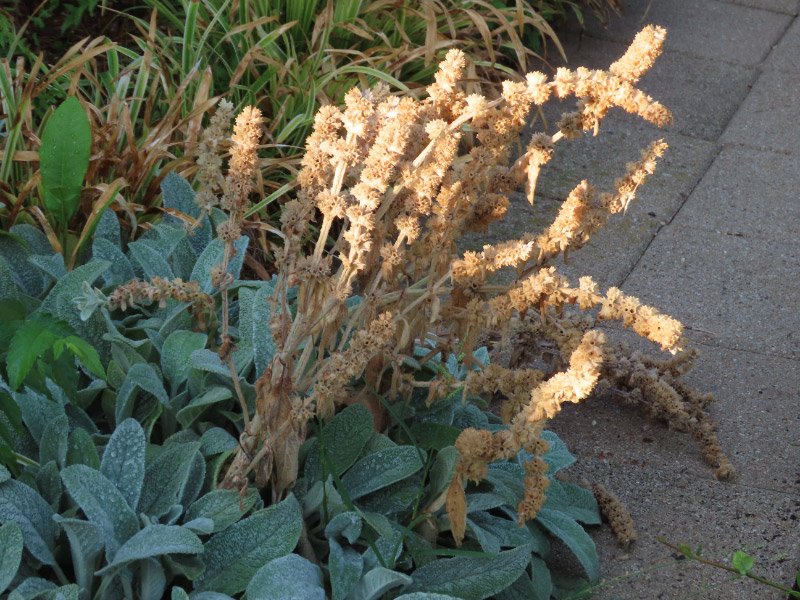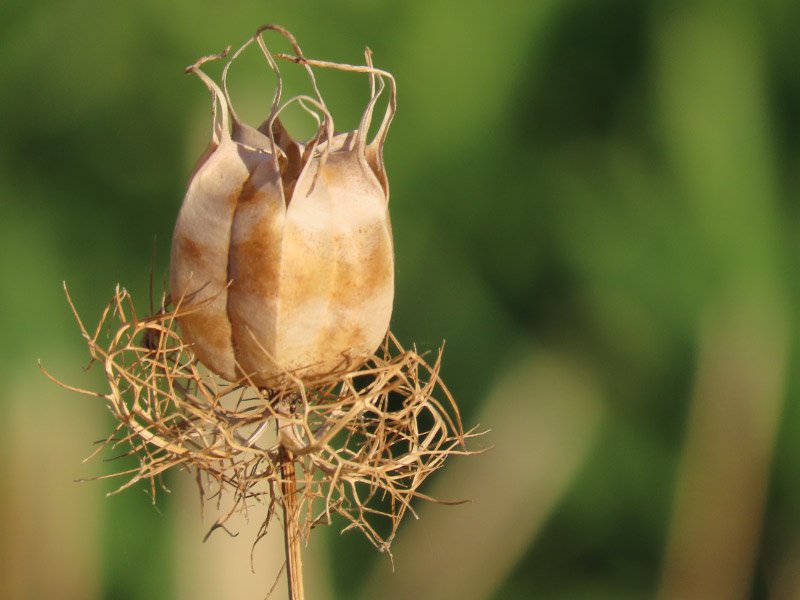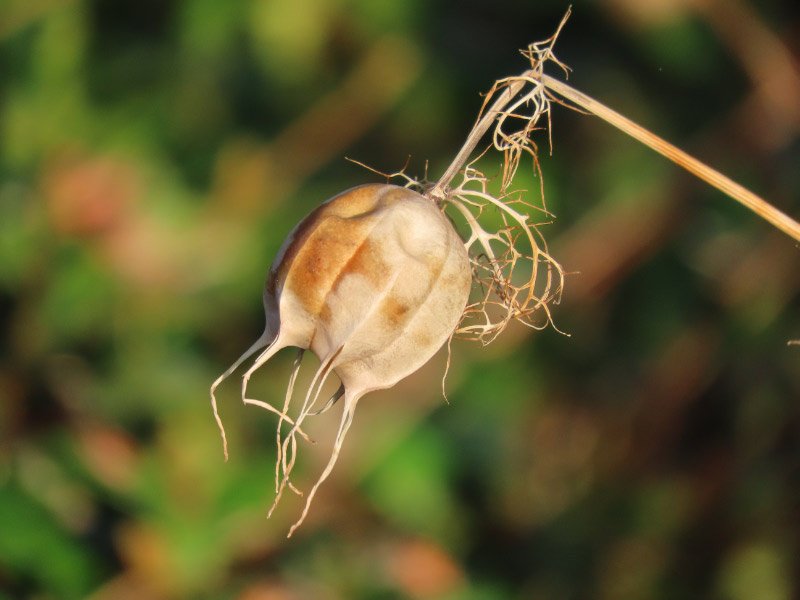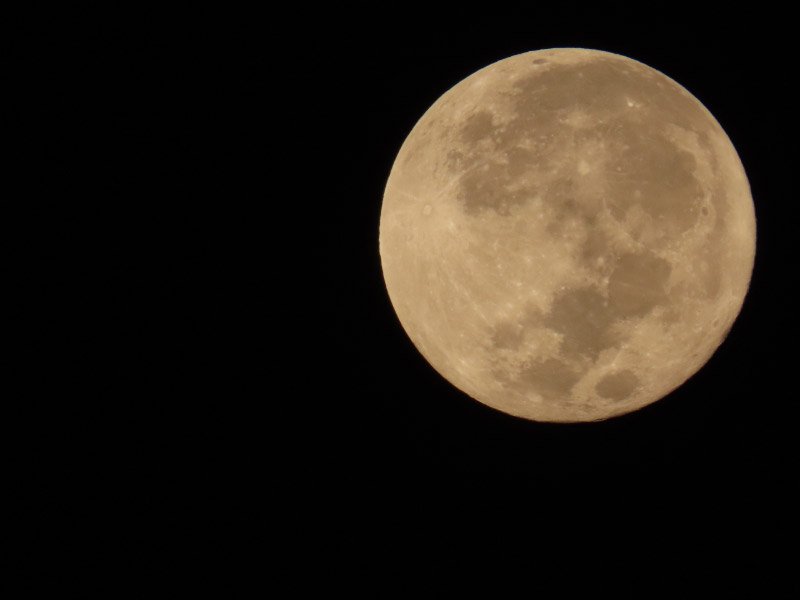The items below were ‘the cream’ of the articles and websites I found this past week. Click on the light green text to look at the article.
Kitchen chemistry hacks explained – How many of these did you know before this article? I knew about lemon juice slowing browning of fruit…I’m going to try the ‘brown onions more quickly’ and ‘chop onions more comfortably.’
Top 10 Things You Didn’t Know About Distributed Wind Power – Interesting update….and map of annual average wind speed at 30 m. There is so much potential in the center of the country. It would be interesting to see the map extended offshore…but maybe that kind of wind power is only used for wholesale generation rather than distributed wind power.
Dust: how the pursuit of power and profit has turned the world to powder – A review of the book about ‘tiny particles doing terrible things’ created by detonation of nuclear weapons, burning coal, and drying of lakes via irrigation. These tiny particles influence our environment, our health, and our relationship with the world around us. They move around the planet through the air…no one is ‘safe’ from them.
More small airports are being cut off from the air travel network. This is why - A shortage of pilots is partially to blame for major airlines' departure from smaller airports. But changing airline economics means the challenge facing regional airports could become insurmountable. Williamsport PA is the example used in the article.
Health evidence against gas and oil is piling up, as governments turn a blind eye – An Australian perspective…but seems to be applicable to many developed countries, including the US. The methane leaks, water contamination, air pollution…why do we continue to push for gas and oil development rather that pivoting to cleaner (and renewable) sources?
Wyoming and Utah Borderlands – A picture from the International Space Station. I remembered a trip to Utah in 2008 where we drove in the area with a Roadside Geology of Utah book explaining the surface geologic features!
New research explains 'Atlantification' of the Arctic Ocean – Changes coming in the Arctic as a 15-year cycle is ending….and the next phase could result in a faster pace of sea-ice loss.
Stone Case Holding Precious Items Found at Templo Mayor – 15 stone figures found at the temple complex of Tenochtitlán, the capital of the Aztec empire. The figures may have already been 1,000 years old when the Aztecs conquered the Mezcala people that carved them. Also in the case: two rattlesnake-shaped earrings, more than 180 green stone beads, snails, shells, and marine corals.
Workers like it when their employers talk about diversity and inclusion - Research has shown that diversity, equity and inclusion (DEI) initiatives improve creativity, innovation, productivity and organizational performance. One of the reasons DEI initiatives have a positive impact is because workers appreciate them. It’s about making sure everyone feels valued and included.
What Does It Take to Photograph a Bat Cave? – Photographer Stephen Alvarez….lots of specialized photographs.





